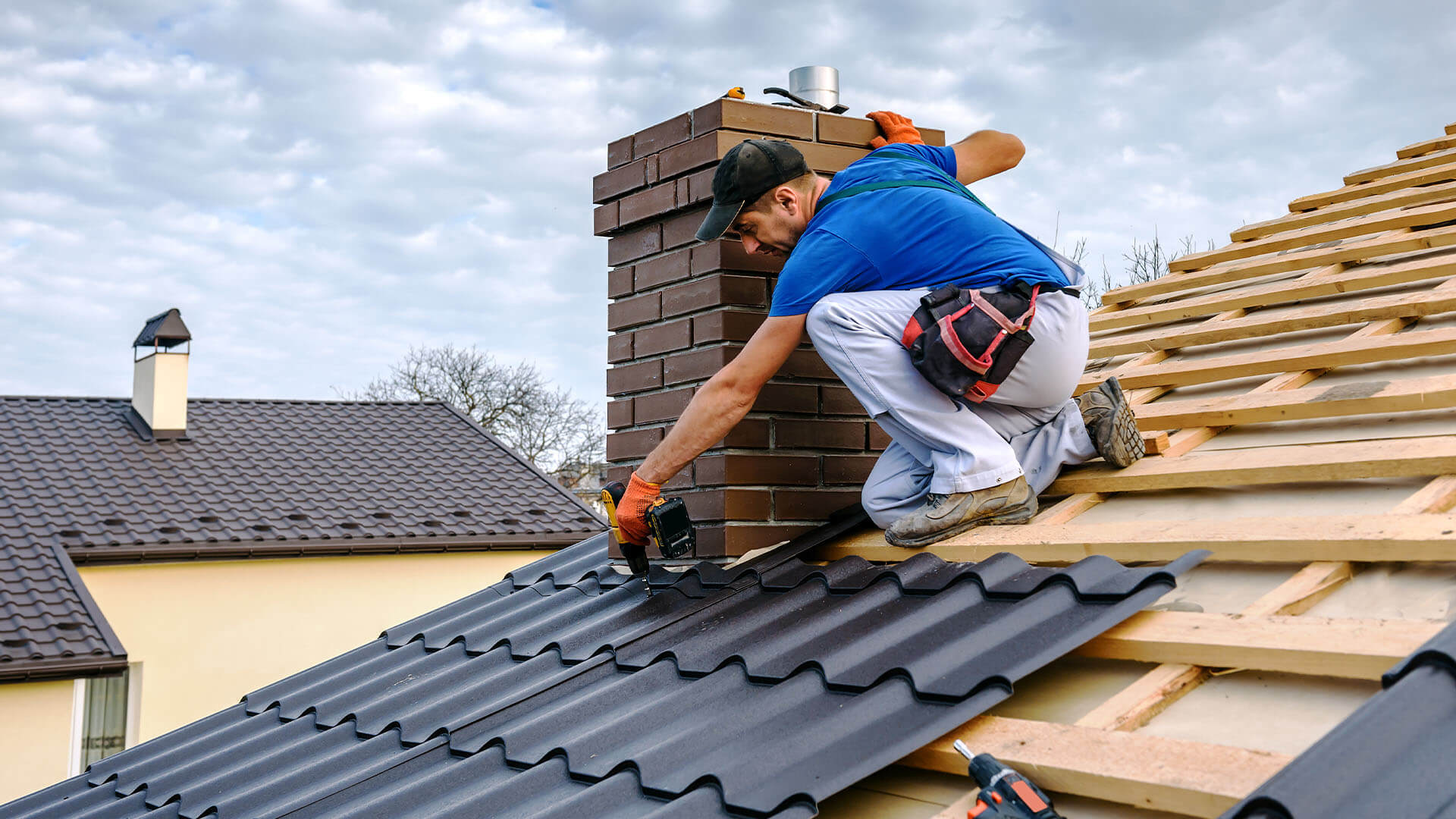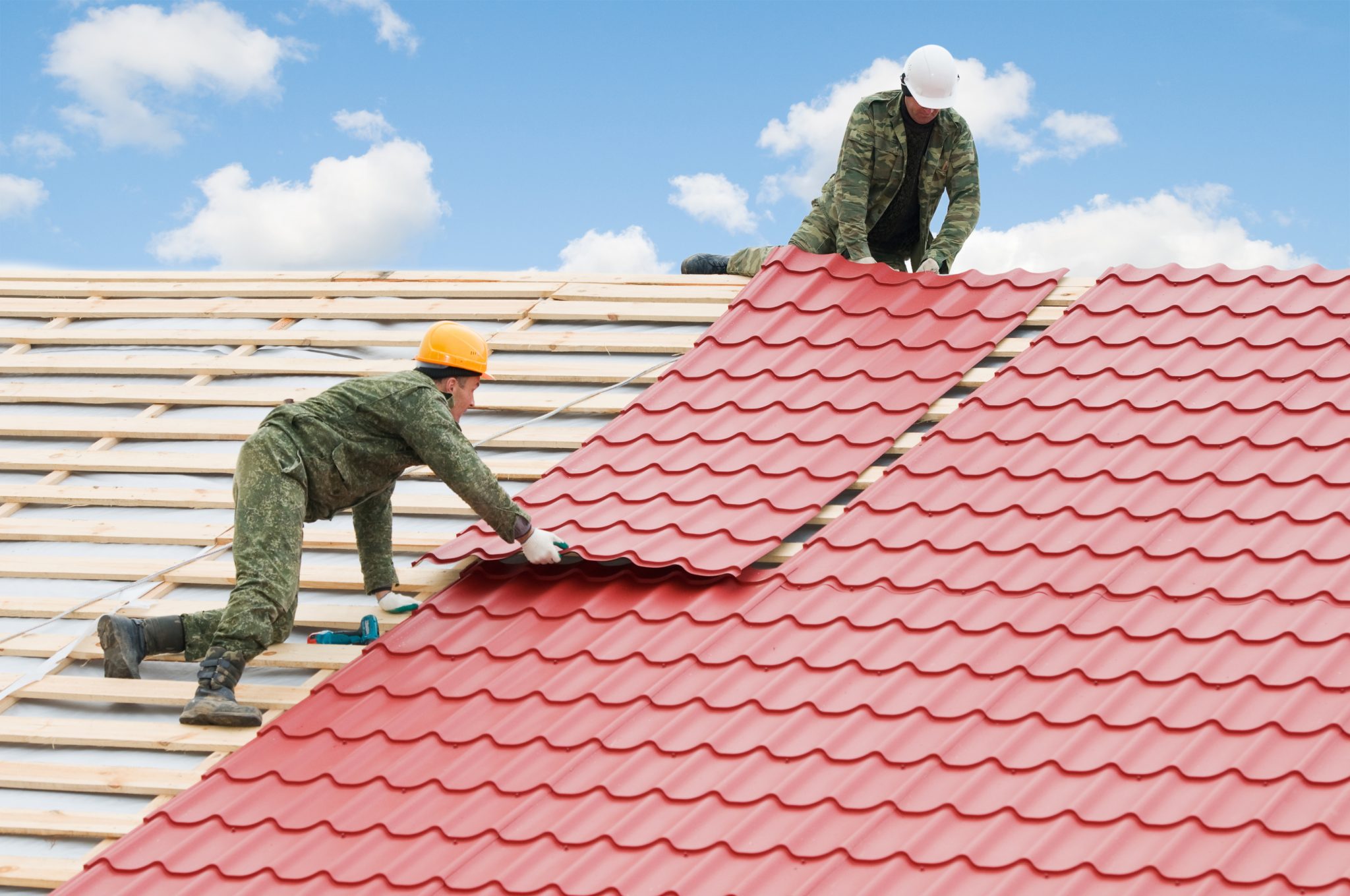Home |
Planning Your Reroof: Budgeting and Finding the Right Contractor

A reroofing project is a significant investment that requires careful planning and decision-making. Whether your roof is nearing the end of its lifespan or has suffered damage from weather, replacing it can enhance your home's safety, efficiency, and curb appeal. Proper budgeting and selecting a reputable contractor are essential steps in ensuring the success of your reroof project.
Understanding the Costs Involved
The cost of a new roof depends on various factors, including the size of your home, the materials used, labor costs, and any additional structural repairs required. Materials range from asphalt shingles to metal, slate, or clay tiles, each varying in price and durability. The complexity of the roof design, including its pitch and the presence of skylights or chimneys, can also affect costs.
Labor expenses play a crucial role in the overall price, with skilled roofing contractors charging based on the scope of the job and regional market rates. Additional expenses may arise if old roofing materials need removal or if repairs are required to the underlying structure. Obtaining multiple estimates from contractors can help in setting a realistic budget.
Setting a Realistic Budget
A well-planned budget ensures that the reroofing project does not lead to unexpected financial strain. Start by assessing how much you can afford to spend and researching the typical costs for roofing projects in your area. Setting aside a contingency fund for unforeseen issues, such as rotted decking or hidden structural damage, is advisable.
Financing options may be available if paying for the project upfront is not feasible. Home improvement loans, roofing company financing programs, or home equity lines of credit can help spread out the cost over time. Exploring potential insurance coverage for damage-related reroofing can also reduce out-of-pocket expenses.

Researching and Selecting the Right Contractor
Hiring a reputable roofing contractor is key to ensuring a high-quality installation. A poorly installed roof can lead to long-term problems, including leaks and structural damage. Researching potential contractors involves checking their experience, certifications, and customer reviews.
Licensed and insured contractors provide peace of mind, as they are required to meet industry standards and regulations. Asking for references from past clients can help gauge their reliability and workmanship. Checking with local business bureaus or online platforms can also provide insights into their reputation.
Comparing Estimates and Contracts
Once several contractors have been identified, comparing their estimates helps in making an informed decision. A detailed estimate should include labor costs, material specifications, project timeline, and warranty information. Low bids may be tempting but could indicate subpar materials or workmanship.
A well-drafted contract protects both the homeowner and the contractor by outlining expectations, payment terms, and warranty details. It should clearly define the scope of work, including any additional costs for unexpected repairs. Reviewing the contract thoroughly before signing ensures there are no hidden clauses or unclear terms.

Preparing for the Reroofing Process
Before the roofing project begins, certain preparations can help minimize disruptions. Clearing the area around the house, securing fragile items indoors, and informing neighbors about potential noise can help create a smoother experience. Ensuring the contractor has access to the property and a designated area for materials and debris disposal is also beneficial.
The duration of the reroofing process depends on factors such as weather conditions, roof size, and complexity. Keeping open communication with the contractor regarding project progress and any unforeseen delays helps manage expectations.
Inspecting the Completed Work
After the reroofing is complete, a final inspection ensures that the work meets quality standards. Checking for proper installation of shingles, flashing, and ventilation components is essential for long-term durability. Reviewing warranty documentation and ensuring all debris is removed from the property finalizes the project.